At Roots & Crown MicroDENTIStry, we understand that maintaining a healthy, vibrant smile is essential to your overall well-being. Tooth restoration, also known as dental restoration, plays a critical role in repairing damaged teeth and restoring their function and aesthetics. Whether you’ve experienced decay, injury, or natural wear and tear, modern restorative dentistry offers a variety of solutions to rebuild and preserve your teeth.
In this blog, we’ll explore the different types of tooth restoration options, the benefits of restorative dentistry, and how you can restore both the function and appearance of your teeth.
Types of Dental Restoration
Tooth restoration is a broad term that encompasses several procedures designed to repair or replace damaged teeth. Depending on the extent of the damage and the specific needs of the patient, a dental professional may recommend one of the following treatments:
1. Dental Fillings
Dental fillings are one of the most common tooth repair methods. They are used to treat small cavities or areas of tooth decay. During the procedure, the dentist removes the decayed portion of the tooth and fills the space with a material like composite resin, amalgam, or porcelain. Fillings not only restore the tooth’s structure but also prevent further decay.
In addition to restoring decayed areas, dental fillings can also be used for other types of tooth damage. They can repair minor cracks or fractures in the enamel, as well as areas of wear caused by grinding or excessive brushing. Modern fillings can be color-matched to the natural tooth, making them virtually invisible. With proper care, fillings can last for many years, contributing to both the strength and aesthetics of the tooth. Regular dental checkups are essential to ensure the fillings remain intact and the tooth stays healthy.
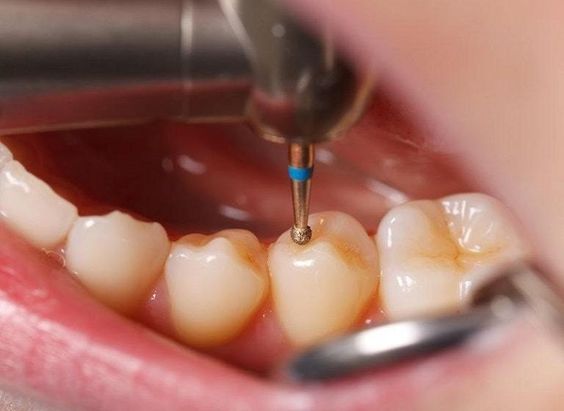
2. Dental Crowns
Crowns, also known as caps, are a type of tooth restoration treatment used for teeth that have been severely damaged or weakened. A crown covers the entire visible portion of the tooth, providing strength and protection while restoring its appearance. Crowns are often recommended for teeth that have undergone root canal therapy, large fillings, or significant fractures.
Dental crowns not only restore the function and appearance of damaged teeth but also serve as a protective barrier against further deterioration. By encasing the tooth entirely, crowns help prevent future fractures, decay, or wear, significantly prolonging the lifespan of the tooth. Custom-made to blend seamlessly with your natural teeth, crowns offer an aesthetically pleasing result while also ensuring durability and strength. With consistent care and proper oral hygiene, dental crowns can remain effective for many years, providing both long-term protection and a natural look.
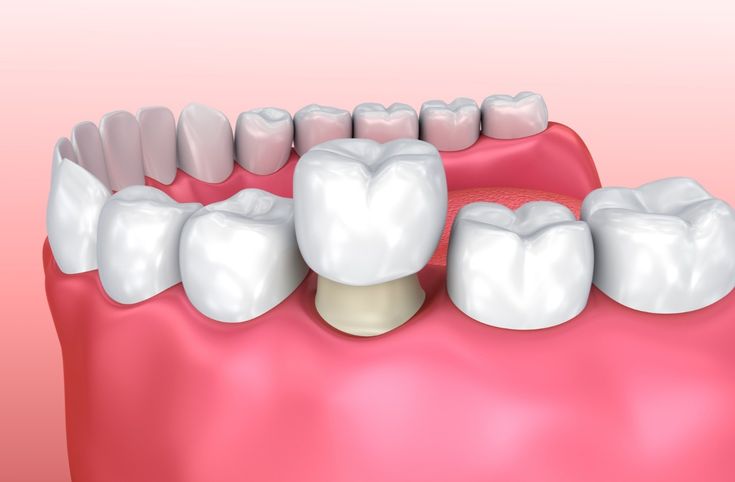
3. Dental Implants
For patients with missing teeth, dental implants offer a permanent solution. Implants act as artificial tooth roots, providing a stable foundation for restorative dental work like crowns, bridges, or dentures. Implants are highly durable and offer a long-term option for replacing missing teeth, restoring both function and aesthetics.
Dental implants also help protect the jawbone from deterioration, which can occur when teeth are missing. By fusing with the bone, implants provide essential stimulation that prevents bone loss, maintaining the shape of your face. This not only supports oral health but also preserves your natural appearance over time.

4. Bridges
A dental bridge is another option for replacing one or more missing teeth. The bridge consists of artificial teeth (pontics) held in place by crowns on the adjacent natural teeth. Bridges are a great solution when implants are not an option and can help restore the ability to chew and speak properly.
A dental bridge not only restores functionality but also helps maintain the natural shape of your face by preventing nearby teeth from shifting into the gap. This stabilization preserves the alignment of your bite, reducing the risk of future dental issues, such as uneven tooth wear or problems with the temporomandibular joint (TMJ).
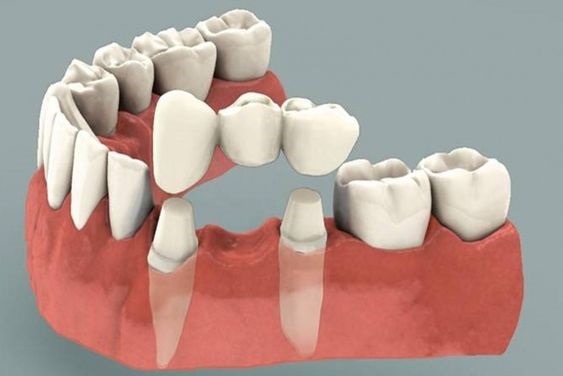
5. Dentures
Dentures are removable prosthetics designed to replace multiple missing teeth. Partial dentures replace a few missing teeth, while full dentures replace an entire arch of teeth. Dentures are a cost-effective restorative dentistry option and can be customized for a natural look and comfortable fit.
Besides improving your smile, dentures help preserve facial structure by supporting the cheeks and lips, which can sag when teeth are missing. Recent advancements in materials allow for better customization, ensuring a snug fit that improves chewing and speaking. With proper care and adjustments, dentures can be a long-lasting solution. Additionally, implants can secure dentures for enhanced stability and confidence during daily activities.
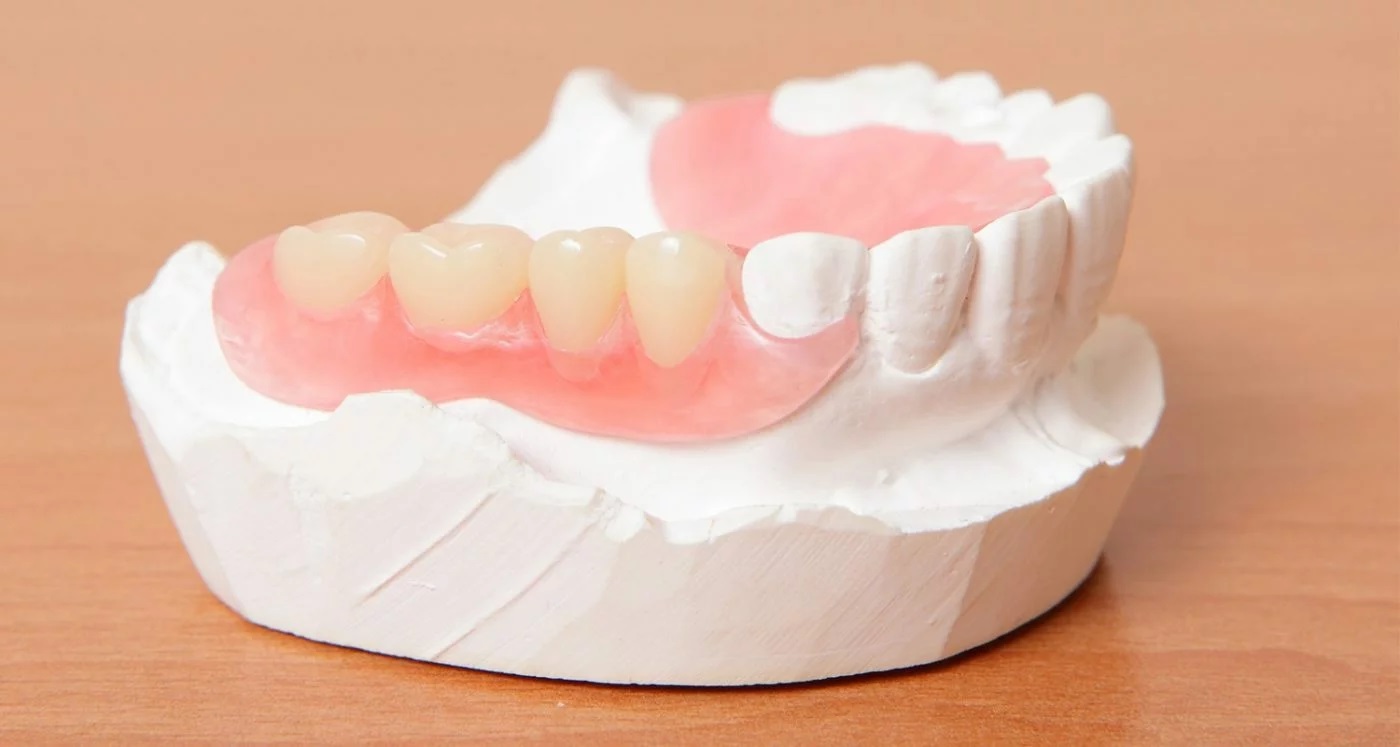
6. Veneers
For patients looking to improve the appearance of damaged or discolored teeth, dental veneers are a popular choice. Veneers are thin shells of porcelain or composite resin bonded to the front of the teeth. They are often used for cosmetic enhancement but can also be a part of a restorative tooth care plan when teeth are chipped or worn.
Dental veneers offer a versatile solution to various dental concerns, providing not only aesthetic benefits but also contributing to the overall health of your smile. They can effectively cover gaps between teeth, correct misalignments, and restore the natural shape of worn-down teeth. The process typically involves minimal tooth preparation, ensuring that the underlying tooth structure remains largely intact. With proper care and maintenance, dental veneers can last for many years, making them a worthwhile investment for those seeking a radiant, confident smile.
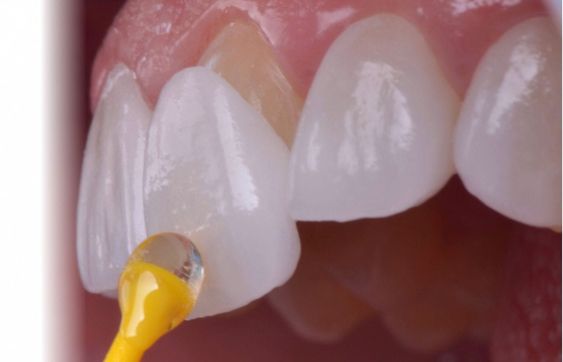
7. Dental Bonding
Dental bonding is a minimally invasive procedure that uses tooth-colored resin to repair small chips, cracks, or gaps in teeth. The resin is applied directly to the tooth and then hardened using a special light. Bonding is an affordable option for tooth reconstruction, making it ideal for minor cosmetic or structural repairs.
Dental bonding is not only beneficial for aesthetic improvements but also serves a functional purpose. The procedure can help protect exposed tooth roots due to gum recession and can be used to alter the shape or length of teeth for better alignment. Additionally, dental bonding is a quick process, often completed in a single visit, allowing patients to achieve a more confident smile without extensive dental work or recovery time.
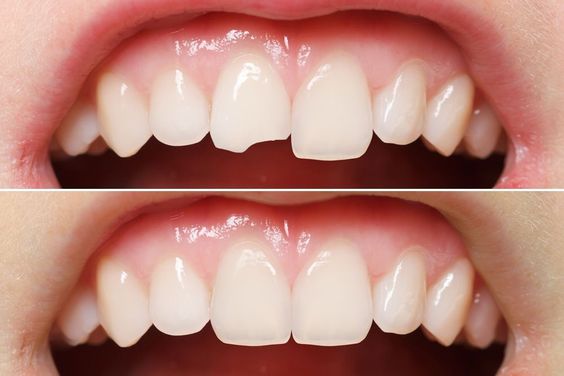
The Importance of Teeth Restoration
Tooth restoration is not just about aesthetics—it’s also crucial for maintaining your oral health. When teeth are damaged or missing, it can lead to a variety of problems, including difficulty chewing, speech issues, and even changes in your facial structure. Furthermore, untreated cavities or broken teeth can lead to infections, further decay, and more extensive dental issues.
At Roots & Crown MicroDENTIStry, we prioritize the health and longevity of your teeth by offering restorative dental services that address both functional and cosmetic concerns.
Can Tooth Enamel Be Restored?
While tooth enamel cannot regenerate once it’s lost, there are methods to help remineralize and strengthen existing enamel. Professional fluoride treatments, dental sealants, and regular use of fluoride toothpaste can help protect your teeth from further erosion. Additionally, maintaining good oral hygiene and a balanced diet low in sugary foods can help prevent future enamel damage.
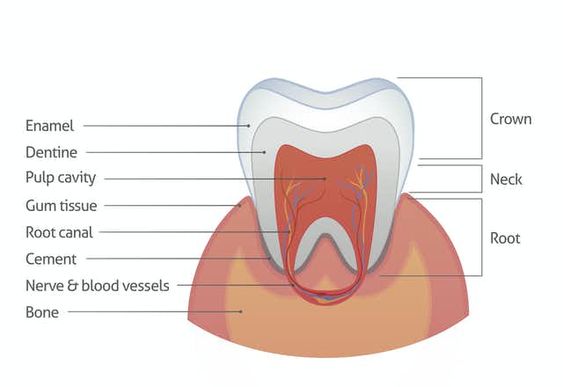
Restoring the Color of Your Teeth
Discolored teeth are a common issue for many people, but tooth color restoration is possible with various dental treatments. Professional whitening, veneers, or bonding can help improve the shade of your teeth, leaving you with a brighter, more confident smile.
Risks and Benefits of Dental Restoration
Like any dental procedure, tooth restoration comes with both risks and benefits. The main benefits include restored function, improved appearance, and better oral health. However, some risks, such as sensitivity or allergic reactions to materials, may occur in certain cases. At Roots & Crown MicroDENTIStry, we carefully assess each patient’s needs to ensure the best possible outcome for their dental health.
When to Seek Professional Help
If you’re experiencing tooth pain, sensitivity, or notice visible damage, it’s essential to consult with a dental professional as soon as possible. Early intervention can prevent minor issues from becoming major dental problems. Our experienced team at Roots & Crown MicroDENTIStry will work with you to develop a customized treatment plan for your specific needs.
Tooth restoration offers a range of solutions for patients with damaged or missing teeth. From fillings to dental implants, each treatment is designed to restore both the function and beauty of your smile. At Roots & Crown MicroDENTIStry, we are committed to providing high-quality restorative tooth care that helps our patients enjoy healthy, beautiful smiles for years to come.
If you need tooth repair or have questions about your dental health, don’t hesitate to contact us and schedule your consultation today!

